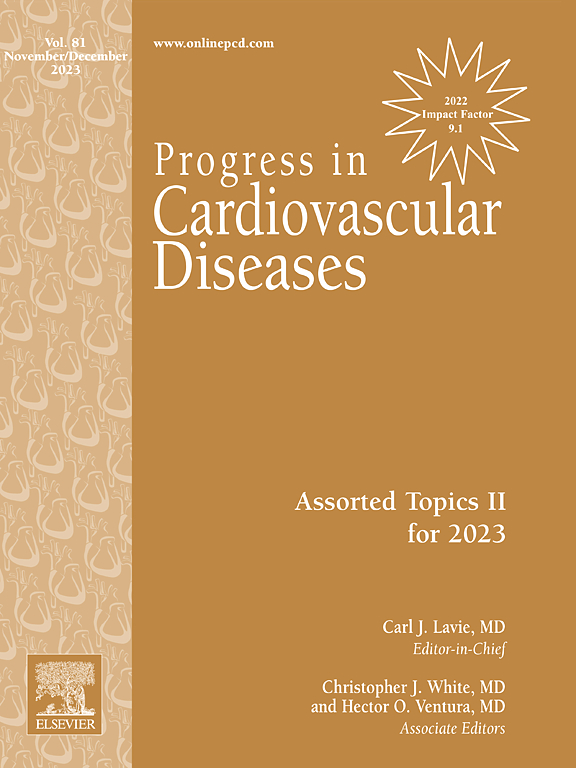冠心病和/或心肌病患者使用1C类抗心律失常药物安全吗?
IF 7.6
2区 医学
Q1 CARDIAC & CARDIOVASCULAR SYSTEMS
引用次数: 0
摘要
1C类抗心律失常药物(AADs)是几种常见心律失常有效控制的关键治疗选择。在这里,我们回顾了1C类AADs的相关背景,这些药物的适应症和禁忌症,以及潜在的安全使用方法。1C AADs的安全性及其使用的相关限制主要基于数十年前的CAST试验,但最近的证据可能有利于重新评估以前被排除在外的人群。本综述探讨了重新考虑以前被排除在1C AADs使用之外的某些患者群体的机会。由于心脏再灌注、心力衰竭的医学治疗和心脏成像的进步,这种重新考虑是可行的。本文章由计算机程序翻译,如有差异,请以英文原文为准。

Is it safe to use class 1C antiarrhythmic drugs in patients with coronary artery disease and/or cardiomyopathy?
Class 1C antiarrhythmic drugs (AADs) are a key treatment option for effective rhythm control in several common arrhythmias. Here, we review the relevant background on Class 1C AADs, these drugs' indications and contraindications, and potential safe ways to use them. The safety profile of 1C AADs, and related restrictions on their use, has been largely based on the decades-old CAST trial, but more recent evidence may favor re-evaluating previously excluded populations. This review examines opportunities to reconsider certain patient populations that have previously been excluded from the use of 1C AADs. This reconsideration is made feasible due to advances in cardiac reperfusion, medical therapies for heart failure, and cardiac imaging.
求助全文
通过发布文献求助,成功后即可免费获取论文全文。
去求助
来源期刊

Progress in cardiovascular diseases
医学-心血管系统
CiteScore
10.90
自引率
6.60%
发文量
98
审稿时长
7 days
期刊介绍:
Progress in Cardiovascular Diseases provides comprehensive coverage of a single topic related to heart and circulatory disorders in each issue. Some issues include special articles, definitive reviews that capture the state of the art in the management of particular clinical problems in cardiology.
 求助内容:
求助内容: 应助结果提醒方式:
应助结果提醒方式:


